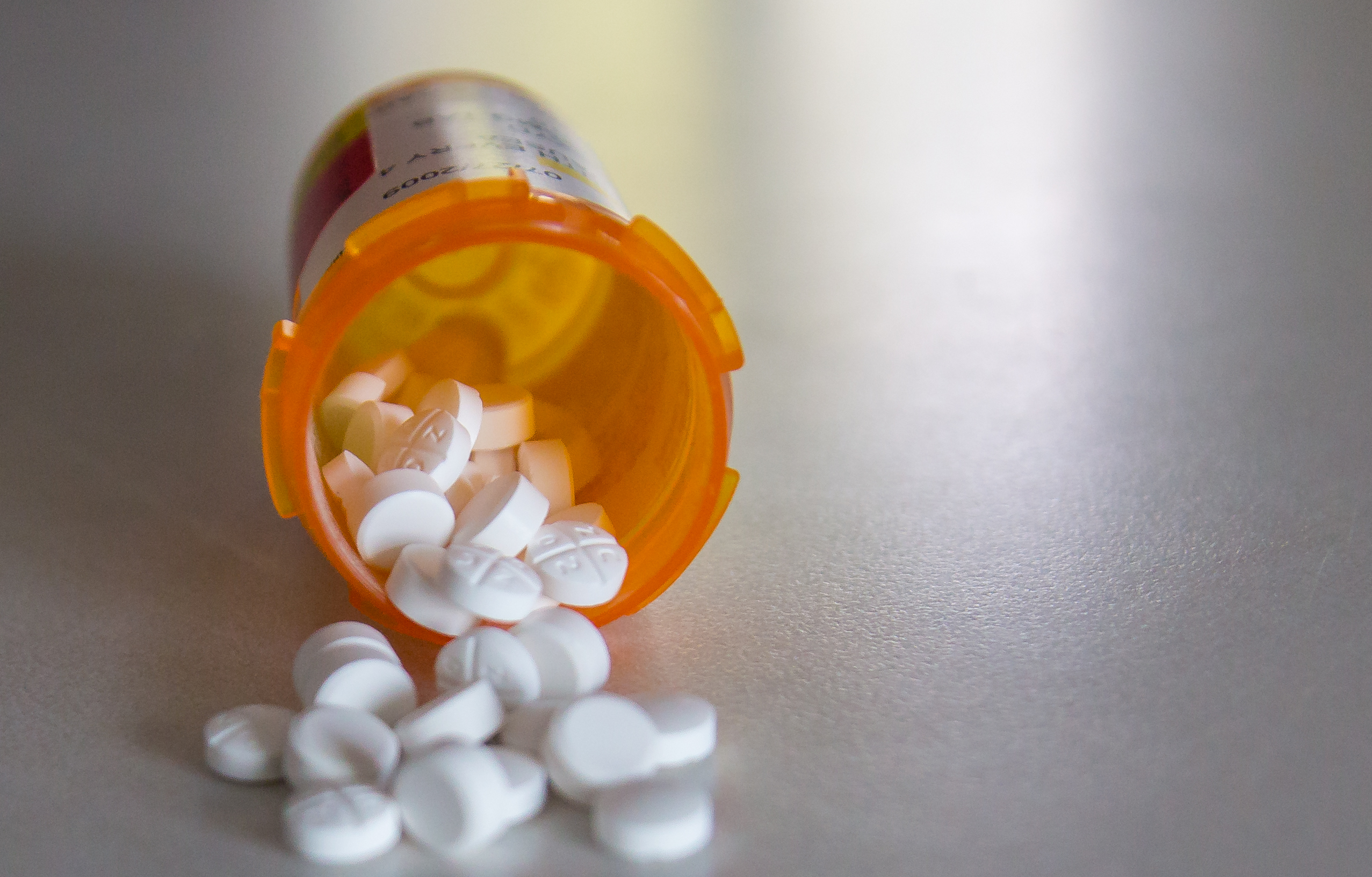
Naloxone, an opioid antagonist, is now available without a prescription in Utah County and is one step in overcoming Utah’s high opioid mortality.
According to the Utah Department of Health, more people in Utah die each year from prescription opioid abuse than from firearms, falls or motor vehicle crashes. This number continues to grow. However, with the availability of this medication, as well as increased preventative education, some community members are hopeful that deaths resulting from opioid abuse might decrease.
Gov. Gary Herbert declared Utah’s current opioid crisis a state emergency earlier this year. Naloxone reverses the immediate effects of opioid overdose and could potentially save lives.
Intermountain Healthcare pharmacist Chuck Stubbs is optimistic that Naloxone may be a factor in helping reduce the opioid mortality rate in Utah. Now that Naloxone is obtainable in Utah County without a prescription, Stubbs believes the medication will be more widely available, and can therefore help more people.
Stubbs explained why the medication is often called the ‘Lazarus’ medication.
“The nice thing about Naloxone is that there aren’t negative side effects from it. It essentially just reverses the effects from opiates, so people who are very drowsy or unresponsive and have slowed breathing, they will recovery very quickly,” Stubbs said.
According to Stubbs, it only takes a matter of minutes for the reversal to take place. The medication, which is available in both a nasal form and muscular injection, can be used in a variety of situations, including for both intentional and unintentional opioid overdose. Current research provides no indications the drug will encourage opioid abuse.
In any case, Stubbs recommends victims to go to the emergency room after the medication is administered for further treatment.
Utah Naloxone Program Manager Sam Plumb, faced the devastating effects of opioid abuse in his family. As he spoke in a recent congressional meeting about the importance of people gaining access Naloxone kits, he told the story of his brother who died from an opioid overdose twenty years ago. Sam’s brother, Andrew Plumb, was left to die in a basement after an overdose when his friends hid the drug paraphernalia and ran.
“If my brother or his friends would have had access to Naloxone, I have no doubt that his life would have been saved,” Plumb said in his address to Congress.
Plumb said he and his sister have distributed over 1,900 free Naloxone kits and saved sixty lives thus far.
According to Utah’s Public Health Data Source, Utah ranked fourth in the nation for opioid related deaths from 2012 to 2014. In fact, there was nearly a 400 percent increase in the number of opioid abuse deaths in Utah from 2000 to 2014. Plumb hopes to prevent some of these deaths.
Kelly Jenson, a counselor at Pomarri, an Orem drug rehabilitation facility, reiterated the benefits of this medication. “(The medication) gives them a second chance; otherwise they die. Everybody needs a second or third or fourth or fifth (chance). I don’t care how many times, as long as they’re coming back and not giving up.” Jenson said.
However, Jenson believes the drug alone will not save addicts. Victims must be willing to combine both medical and mental treatment. Together, these create the most effective recipe for success.
Jenson said she commonly hears the phrase, “I thought I could control this,” among addicts. People often feel ashamed and wait to seek help when they become addicted. Yet pharmaceutical drug addictions can happen to anyone from the active churchgoer to the homeless person, Jenson said.
Jenson predicts the opioid abuse trend will likely continue in Utah County in the future because society engenders people to fit a perfect mold, ultimately causing emotional struggles.
Further, people fail to connect with others on a meaningful level, which decreases their ability to cope Jenson said.
“I think we’re not connecting with people like we used to. We are all involved in social media so we are not having real face time connection. When we are not connecting and developing healthy relationships, we are closing up who we are and what we’re grieving about,” Jenson said.
According to Jenson, these pseudo relationships are a large factor in substance abuse issues.
Student Health Center physician Dr. Steven Bloink, suggests substance abuse deaths are so high in Utah because many people in Utah are naïve about the dangerous nature of these drugs. There is a large LDS population, which discourages drug use, so oftentimes people in Utah haven’t had exposure to these drugs.
“They haven’t done them and they are told not to. Then, when something happens — an injury or a surgery — they get hooked on it,” Bloink said.
Bloink is thankful he has not seen any issues of substance abuse at the Student Health Center. However, Bloink is still privy to these issues after working in private practice near the Four Corners.
Bloink encouraged those who may be struggling with opioid abuse to come in and get help. He says there is a long road to recovery, but it starts with motivation to change. He, and many community members remain hopeful Utah County can fight the rising trends of opioid abuse.




